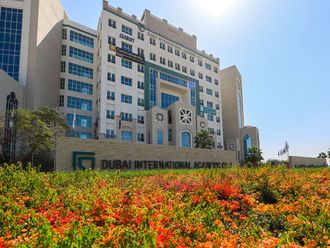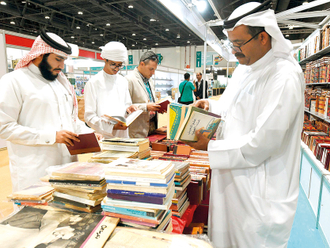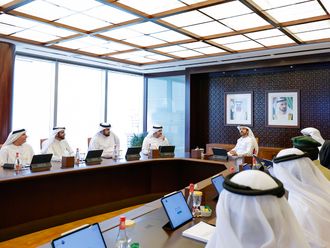Abu Dhabi: The rate of progress in the 21st century demands a significant shift in educational values and strategies. If this shift is not achieved in time, educators believe the young minds of tomorrow will be ill-equipped to deal with the challenges to come and be at a loss when expected to keep pace with innovation.
The biggest element of this shift is the attention being focused on the needs of today’s pupil. The traditional teacher-centric instruction to students and the standard mode of dissemination of knowledge is increasingly being viewed as a dispensable practice. Today’s classrooms demand a revised approach towards pupils with the use of a strategy often referred to as student-centred learning. And, occyping pole position in this transition is the role of technology that is aiding as well as changing the methodology of teaching and learning.
“There is a global movement towards helping children develop 21st-century skills, including the ability to create and maintain positive interpersonal relationships, adaptability, creativity and technological know-how,” says Dr V. V. Abdul Kader, principal, The Model School Abu Dhabi, a private school that follows the Indian curriculum. “But none of these are possible if teachers do not work with the pupils in a way that allows them to guide their pace and style of learning,”
“Today, the teacher only steers children [in the right direction] as they develop self-confidence and learn social values and etiquette,” he adds.
Hussain Maghawry Hussain, an English language teacher at Al Ghazali School in Abu Dhabi, believes that pupils today have access to more information than ever.
“More and more technologies are introduced in education, particularly the adoption of specially created software programs used on a variety of devices, including tablets, mobile phones, LCD projectors and smart boards. These provide more opportunities for teachers to adopt the latest trends in educational methodologies, such as discovery learning, inquiry-based learning and problem-solving,” he says.
“Such technologies help students employ higher-order thinking skills, such as analysis, synthesis, and evaluation. For example, I recently made use of a programme through which pupils were able to conduct virtual scientific experiments and pay visits to the inside of human body cells,” Hussain said.
According to Hussain, education today is the process of providing learners of all ages with 21st century skills, and enhancing their life-long learning potential in order to be creative, and autonomous learning in a competitive global market.
Nevertheless, this is not to say that all modes and methods used in the classroom in the past have been made redundant. Exams still retain their importance, as does the use of textbooks. But educators note that these too have seen a change in format.
For example, exam questions now test children’s practical understanding rather than their simple knowledge of a concept, says Dr Abdul Kader. Textbooks are therefore more interactive, and refer to many online tools to make topics clearer. Moreover, most curricula make room for a variety of learning outcomes based on pupils’ individual learning capacities.
According to Hussain, many traditionalists advocate traditional methods and tools because these are often less expensive. Some educators also believe that these tools are more straightforward in providing pupils with basic knowledge, especially during the early learning stages.
“Definitely, some traditional teaching methods are still valuable, such as lectures before an assessment during which teachers summarise and highlight key points that might be included in a test,” says Hussain. “Also, a lecture in language learning classes improves learners’ listening skills. However, when adopted more often and in the absence of modern methods, pupils gradually lose interest and become disengaged,” he says.












